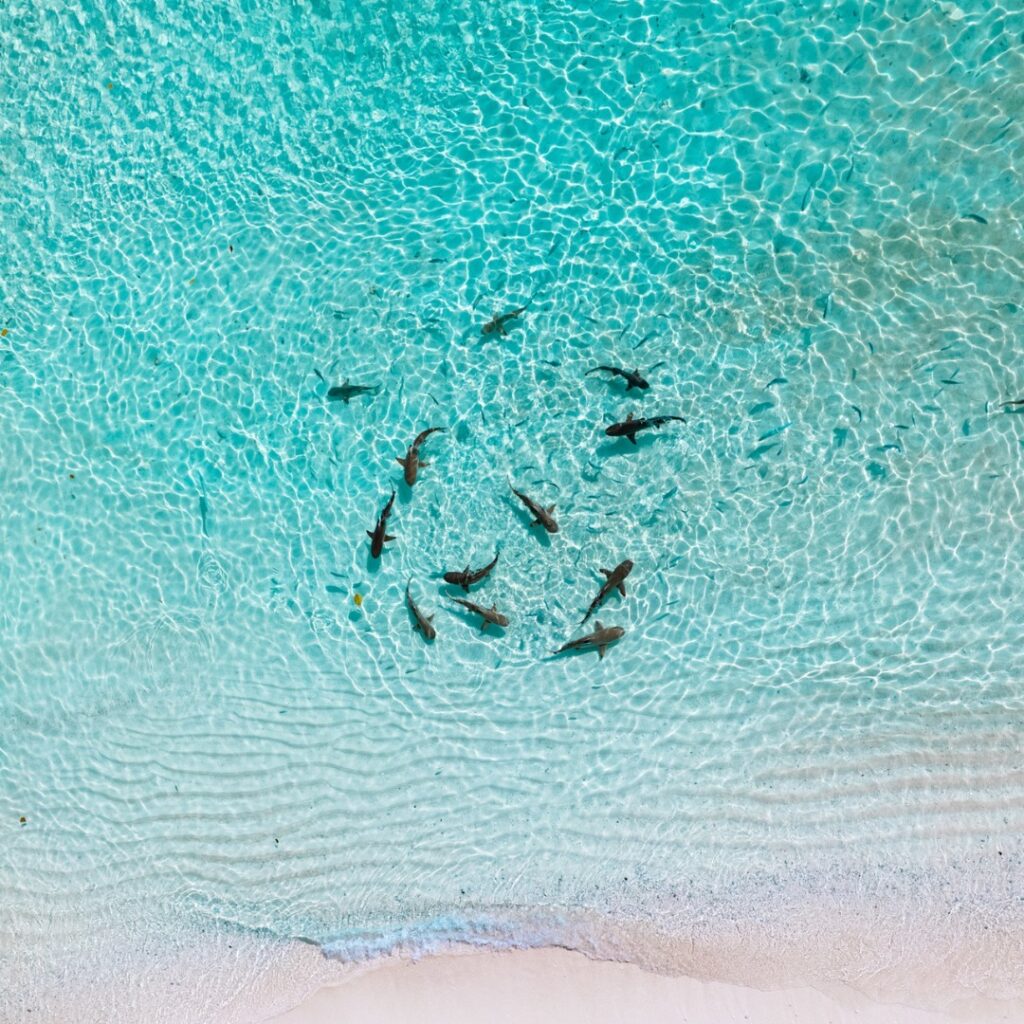Located in the Indonesian archipelago, Komodo Island is a stunning natural wonder with unparalleled biodiversity. The island is home to the world-famous Komodo Dragons, which can grow up to 3 meters long and weigh up to 70 kilograms. However, the island is also renowned for its diverse ecosystems, which range from dry savannas to lush forests and pristine beaches. Join us on a journey to the heart of Komodo Island’s biodiversity. We will explore the island’s unique flora and fauna and the conservation efforts to protect them.
Exploring the Island Ecosystems
Komodo Island is a microcosm of the diverse landscapes found in Indonesia. The island is characterised by rugged hills, vast savannas, and dense forests, all teeming with life. One of the best ways to explore the island’s ecosystems is to trek through its rugged terrain. Along the way, you will encounter a variety of species, from the mighty Komodo Dragons to the majestic Timor Deer and the elusive Wild Boar. You will also have the opportunity to witness the island’s birdlife, which includes the Flores Crow, the Yellow-crested Cockatoo, and the Wallace’s Hanging Parrot.
The Marine Life of Komodo Island
Komodo Island is home to an impressive variety of terrestrial wildlife and a vibrant marine ecosystem. The island is in the Coral Triangle, a Pacific Ocean region with the world’s highest marine biodiversity. The waters surrounding the Island are teeming with life, from colourful coral reefs to giant pelagic species such as sharks and manta rays. If you’re an avid diver or snorkeler, a trip to Komodo Island should be on your bucket list.

Conservation Efforts on Komodo Island
The biodiversity of Komodo Island is fragile and requires conservation efforts to protect it. The Indonesian government has taken steps to protect the island’s ecosystems and wildlife, including establishing Komodo National Park in 1980. The park is a UNESCO World Heritage site home to various endemic species, including the Komodo Dragons. The park also has a dedicated team of rangers who monitor and protect the island’s wildlife and educate visitors on the importance of conservation.
In addition to government efforts, several local organisations and NGOs work to protect Komodo Island’s biodiversity. The Komodo Survival Program, for example, is a conservation organisation that focuses on preserving the Komodo Dragons and their habitats. The program researches monitors populations, and works with local communities to promote sustainable conservation practices.
Komodo Island is a unique destination that offers an unparalleled opportunity to witness the natural beauty of Indonesia. Its diverse ecosystems, teeming with life, make it a must-visit destination for nature lovers and wildlife enthusiasts. However, it is essential to remember that the island’s biodiversity is fragile and requires protection. By supporting conservation efforts and responsible tourism, we can help ensure that Komodo Island’s natural wonders continue to thrive for generations.